
Desktop wallets are a great option for anyone sending frequent Bitcoin payments from their computer.
In this post we will cover some of the best bitcoin desktop wallets and help you decide which is right for you.
 Wasabi
Wasabi Wasabi wallet is a desktop (as well as mobile) wallet designed around maintaining privacy through advanced features such as Coinjoin and tor routing.
Supported Platforms: macOS, Linux, Windows

 Specter
Specter Specter makes multisig wallets on desktop a total breeze. You can use this easy and intuitive desktop wallet software to connect all your hardware wallets so that you have multiple keys protecting your Bitcoins! The simple interface and fast setup means anyone can hold coins like a true pro.
Supported Platforms: macOS, Linux, Windows
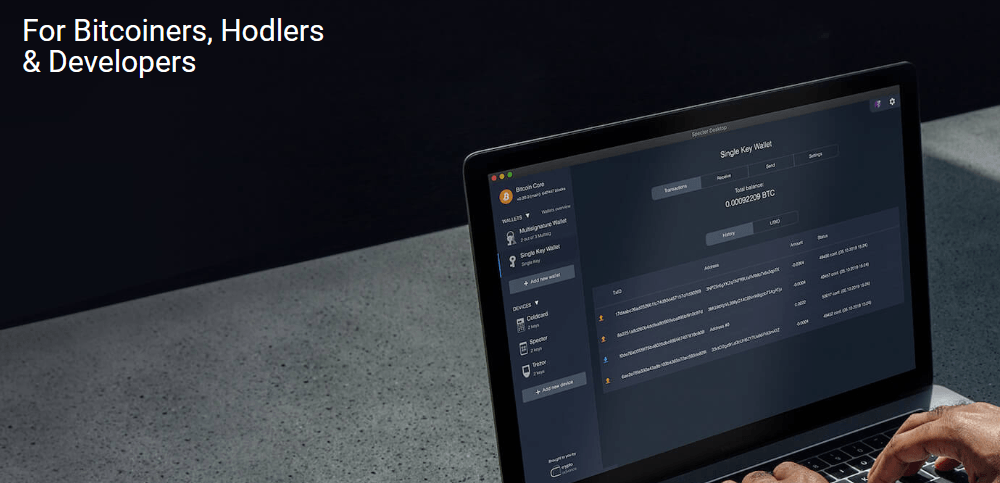
 Ledger Live
Ledger Live Ledger Live is a little bit different than all the other desktop wallets on this list. That's because you actually need a Ledger hardware wallet for it to work. This makes it by far the most secure desktop wallet on this list, but it also means that using it isn't exactly 'free'.
Supported Platforms: Windows, macOS, iOS, Android, Linux
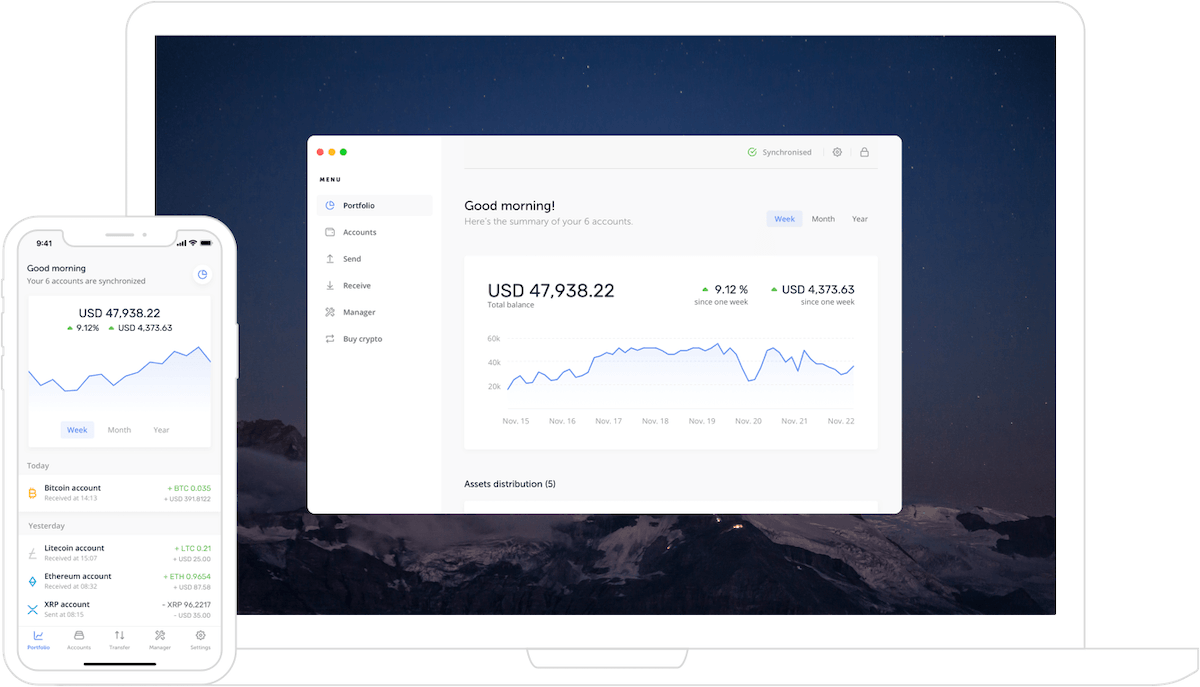
 Blockstream Green
Blockstream Green Blockstream Green is one of the most unique and secure desktop wallets on the market. It uses a 2-of-2 style backup so if you ever lose your backup, you can use any two factor authentication to recover it. It's also super simple to set up and requires no registration other than an email address. You can even store your Liquid assets on Blockstream Green now.
Supported Platforms: macOS, Linux, Windows, iOS, Android, F-droid
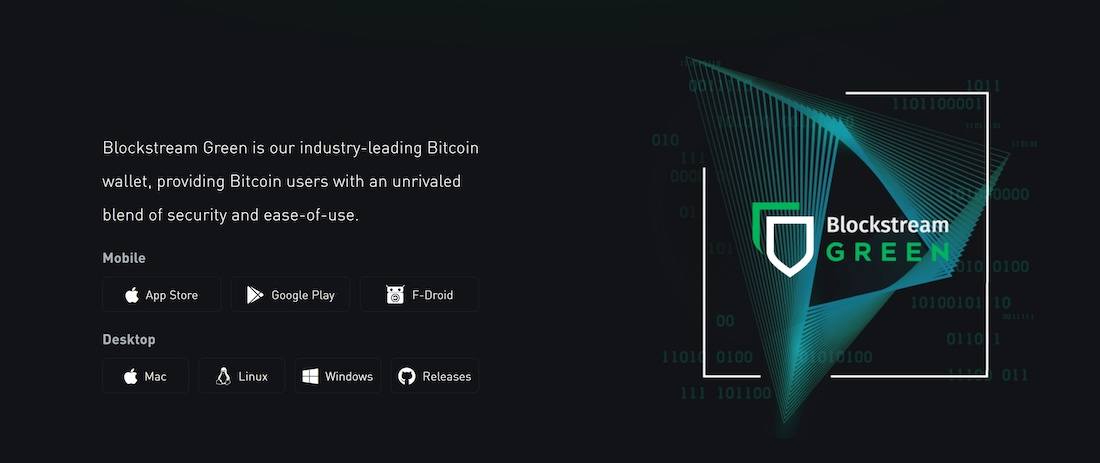
 Electrum Read Review
Electrum Read Review Electrum is one of the oldest and most trusted Bitcoin wallets on the market. It also sports advanced features for privacy and fee settings.
Supported Platforms: macOS, Linux, Windows, Android, Python
There are a lot of fake versions of Electrum out there. Make sure you verify you are installing the real Electrum.
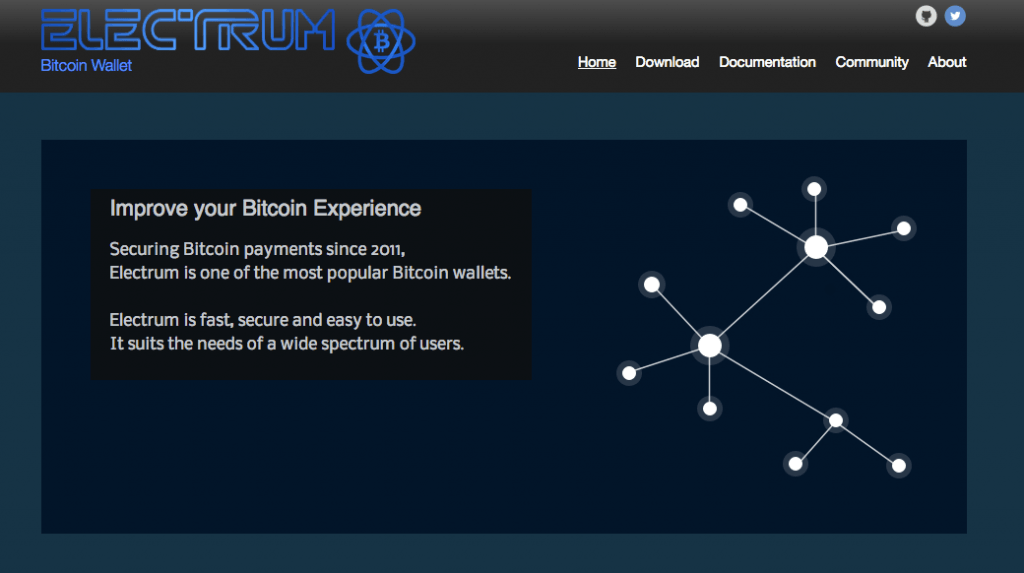
 Bitcoin Core
Bitcoin Core Bitcoin Core is a Bitcoin full node wallet, meaning it downloads the entire Bitcoin blockchain. It is the most private Bitcoin wallet although it takes patience and quite some time to setup. You also need a reliable internet connection, as well plenty of bandwidth and hard drive space.
Supported Platforms: macOS, Linux, Windows
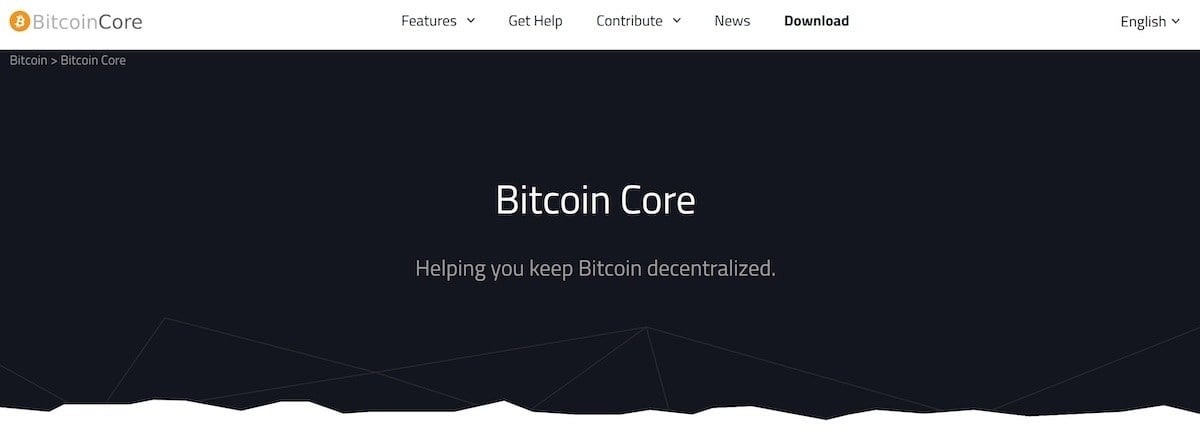
-

Now that you have chosen a wallet, let's transfer some funds into it.
In this brief walkthrough, we will show you how to add funds to your desktop wallet
For you to add funds to your desktop wallet, you will need to buy some cryptocurrency from an exchange and transfer it to your desktop wallet. Most desktop wallets do not have exchanges native to it.
You’ll need to choose an exchange that services your country and/or state. The best place to do that is to go to our exchange finder.
After you have bought your crypto, you’ll need to send it to your wallet. To do that, do the following:
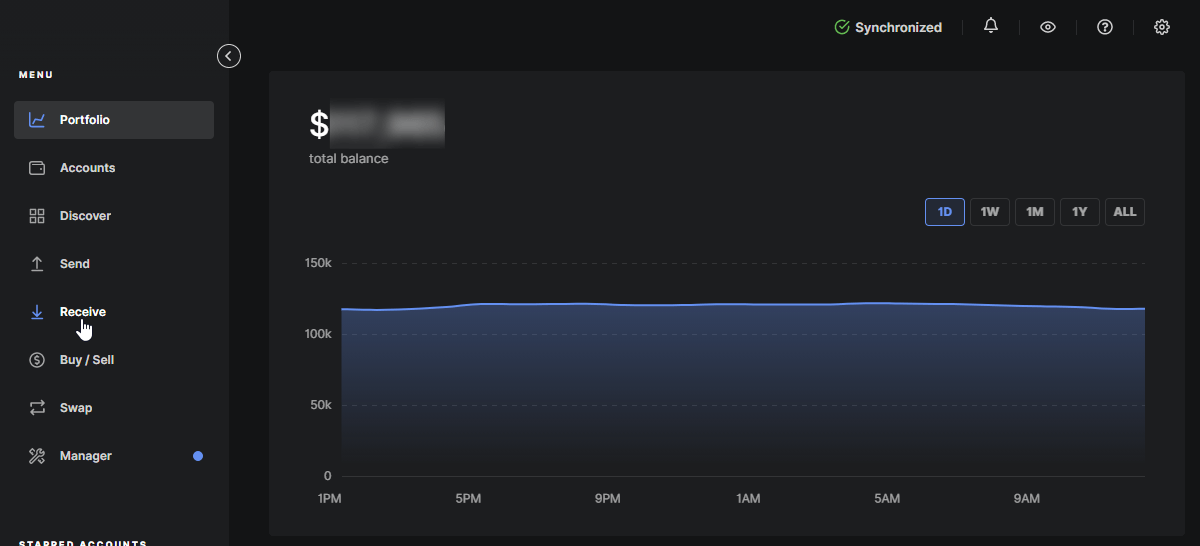
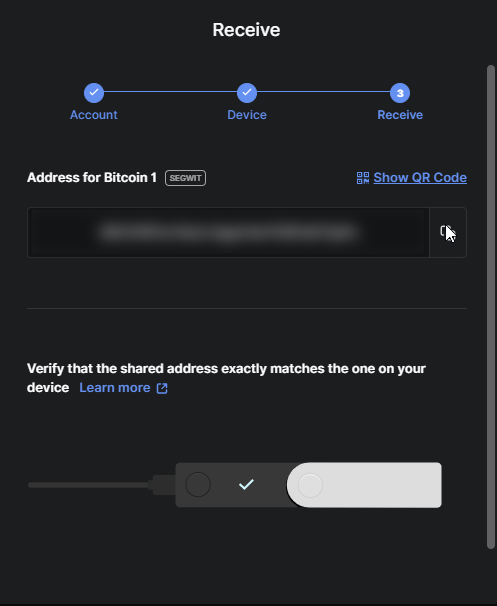
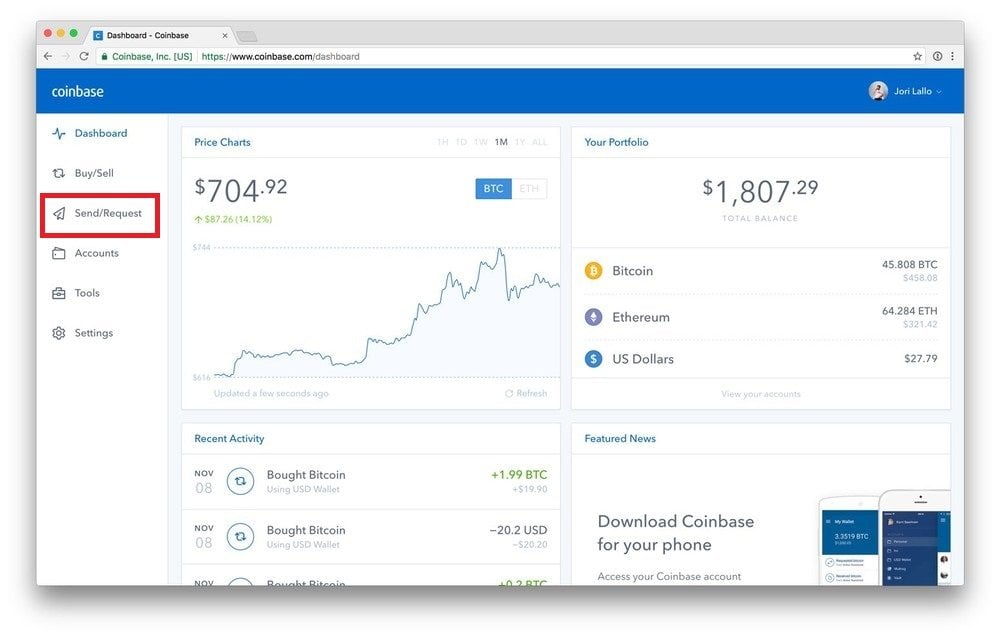
Above screenshot is from Coinbase.
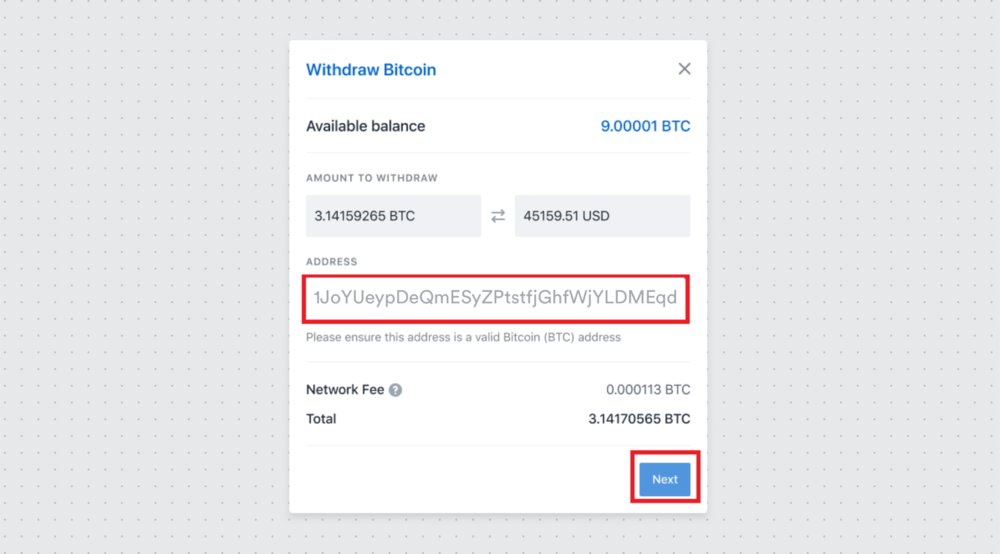
After that, you should receive a confirmation with a transaction ID of some kind. Here is what that might look like.

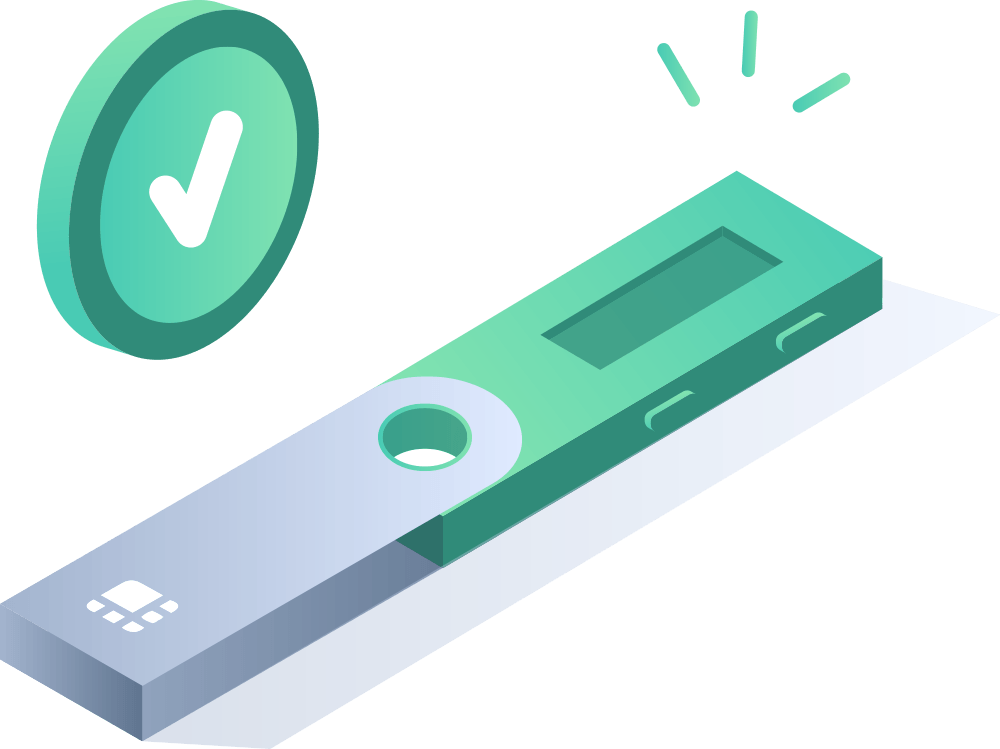
Desktop wallets have the advantage of being free and easy to use. However, using a desktop wallet also poses many dangers to your coins.
Making sure your coins are not stolen through malware or ransomware is difficult to avoid on a desktop wallet.

This is where hardware wallets come in. Hardware wallets are never connected to the internet. They store the private keys and sign transactions you send to them. You verify the transaction on the screen of the hardware wallet, and hand off the signed transaction back to interface on your desktop or mobile phone.

Hardware wallets are a great way, then, to keep your coins safe if you want to use a desktop wallet. Instead of housing the coins on the desktop computer, you store them on the hardware wallet and the desktop just acts as your UI to control the hardware wallet.
You can learn more about each of the hardware wallets we recommend below:
COMPARISON

Now that we've got our desktop wallet set up with a hardware wallet, let's explore a few additional points on security.
PINs, VPNs, and Steel wallets are great additions to our security stack.
Make sure your desktop wallet is protected by a 4 to 6 digit PIN number. Much like your bank account, most wallets have a PIN password that is the absolute minimum when it comes to protecting funds you keep on your wallet. This prevents someone who has your phone from accessing the coins and sending them to another wallet that they own.

A PIN is not very strong security, but it’s good enough to prevent most people who have temporary access to your unlocked phone from taking your money.
All the desktop wallets on this list support BIP39 seed words, otherwise known as ‘recovery phrases’. If your phone is lost, destroyed, or stolen, you can use this phrase to recover your funds to a new device.
However, most people write down these words on a piece of paper. When their home catches fire or is flooded, they lose the device and the backup to the elements. You should therefore consider a steel backup device like the PrivacyPros Billfodl.

We’ve mentioned this before, but its worth repeating: you should treat your desktop wallet the same way you treat your real world wallet. You wouldn’t carry every dollar you own in your pocket. You should also not hold all your coins on your desktop wallet. You need to store them on a hardware wallet.
Desktop wallets are just software so they work in any country.

When making Bitcoin transactions on your desktop wallet, it is a good practice to use a VPN. This prevents your ISP or hackers listening in on your connection from tying your IP address (and therefore your personal identity) to your Bitcoin transactions. It’s a good privacy practice that is cheap and easy to implement.

Below are some of our most asked questions by readers.
If you're wondering about a topic on this page, odds are we have the answer here.

If you’re on your computer a lot and don’t need super secure storage, a desktop wallet is a good choice.

Yes, many desktop wallets allow the user to utilize a hardware wallet as the signer of transactions. This means that the private key is not help on the computer the desktop wallet is installed on.
Instead, the private key is held on a hardware wallet, and the desktop wallet is used as an interface for the hardware wallet. The desktop wallets sends transaction data to the hardware wallet to sign off on. If you’ve ever used Ledger Live, this is essentially how it works as well.


You can, but this isn’t recommended.
If you want to use a desktop wallet but need to store large amounts of Bitcoin, its best to utilize a hardware wallet to sign transactions for the desktop wallet (as mentioned above).
KeepKey, TREZOR, and Ledger Nano X all work with Electrum. TREZOR One and Model T and the Ledger Nano S and X all work with Copay.
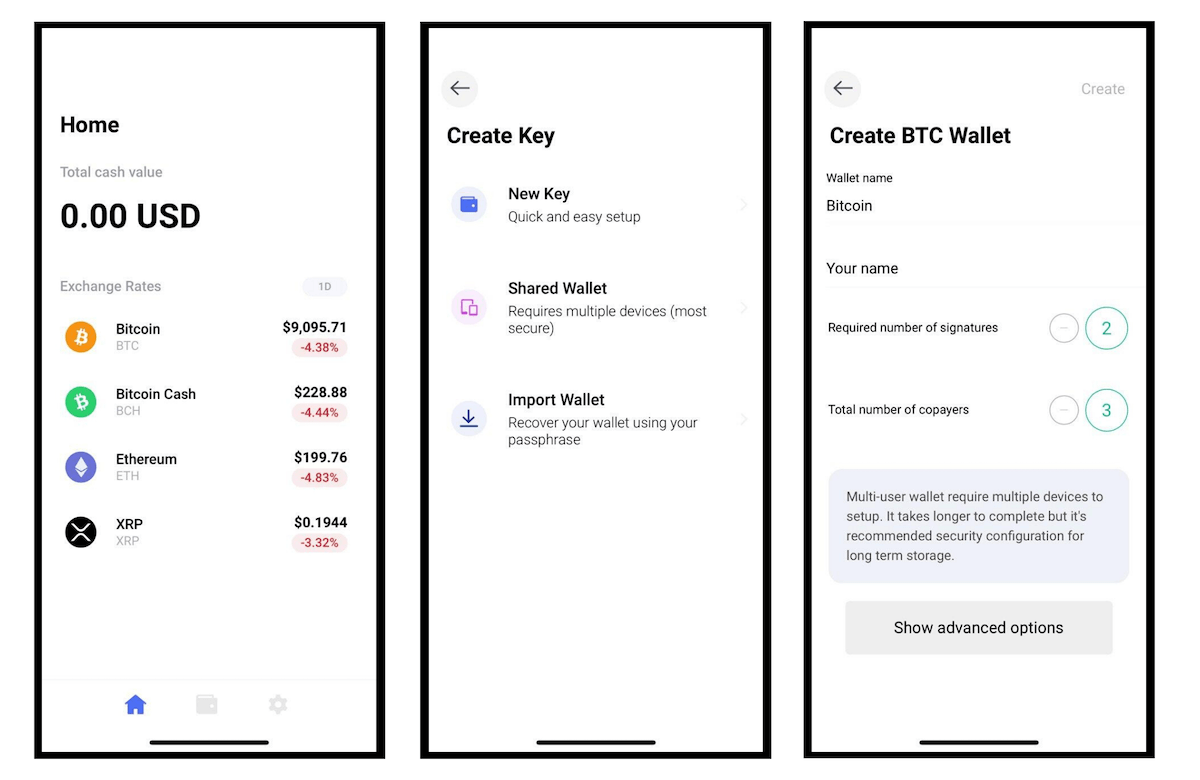
Setup is very easy and you can have your hardware wallet securely signing transactions via your desktop wallet in just a few minutes.

Web wallets are more like accounts. A web wallet makes you set a passwords which it uses to encrypt your wallet on the web wallet server.
Desktop wallets are actual apps that are installed on your computer.

Yes, all desktop wallets are free. Hardware wallets are the only type of wallet that costs money.

It depends. Many desktop wallets encrypt your private keys and request a password to decrypt it every time you open the wallet. This means that you need to enter a password in order to send bitcoins from most desktop wallets.

Most wallets generate a seed on setup. You write this seed down on a piece of paper and it can be used to restore your wallet if you lose your computer of have it stolen.

Yes, of course. We suggest trying many different desktop wallets and then deciding which one has the features you’re interested in.
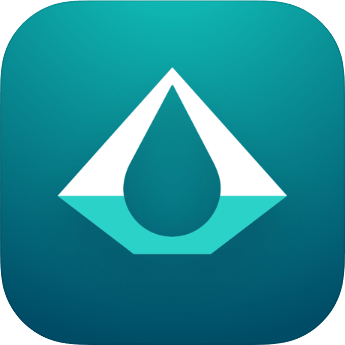
While both of these Bitcoin and Liquid wallets are made by Blockstream, only Blockstream Green is available for desktop. Aqua is only available as a mobile wallet on IOS (Android version available late 2021). The other difference is that Blockstream green uses a 2-of-2 multisig to protect your coins from hackers. Aqua is a single signature wallet, meaning anyone with access to your phone (either physically or remotely) could steal your coins. In exchange for the increased risk, the wallet is easier to use.
Aqua is new, and if you have an iOS device, it can be a great addition to Blockstream Green Desktop.

Yes, you can now use the Blockstream Green app on your desktop to set up your wallet on your Blockstream Jade hardware wallet!
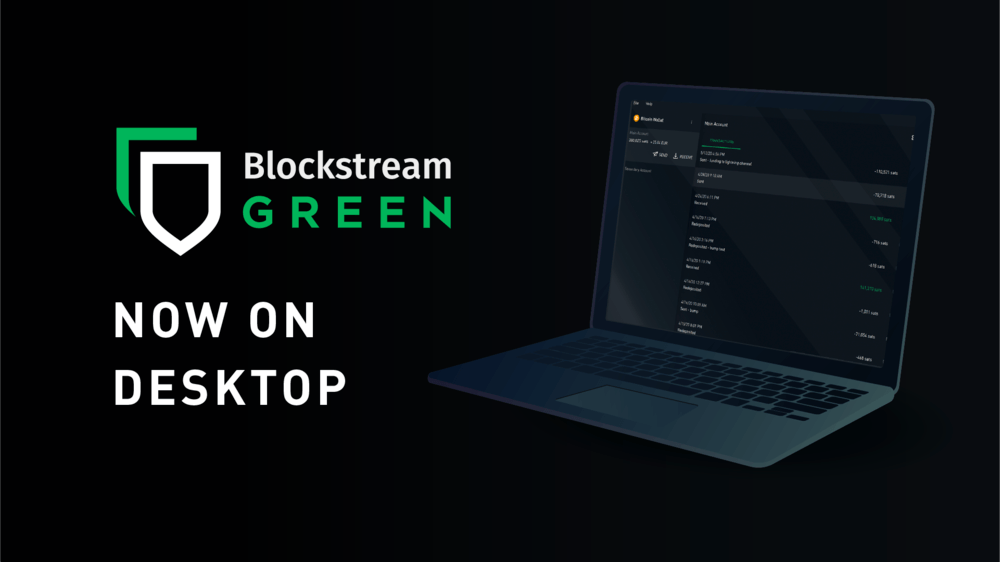
BuyBitcoinWorldWide writers are subject-matter experts and base their articles on firsthand information, like interviews with experts, white papers or original studies and experience. We also use trusted research and studies from other well-known sources. You can learn more about our editorial guidelines.